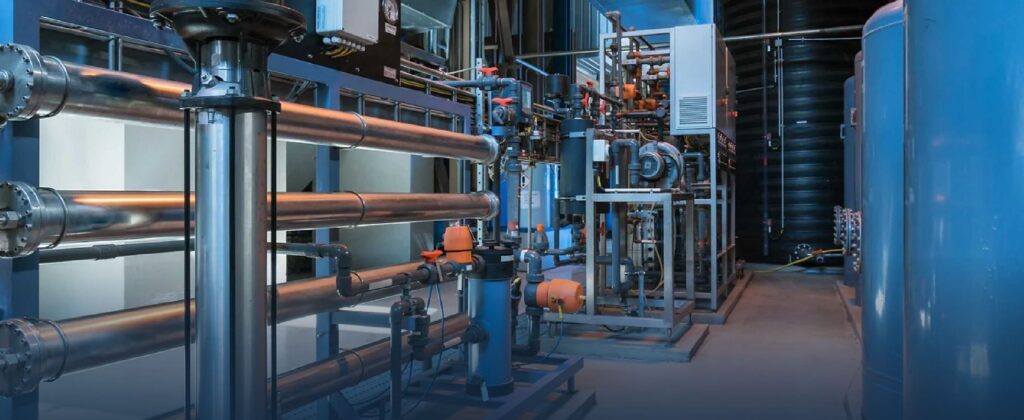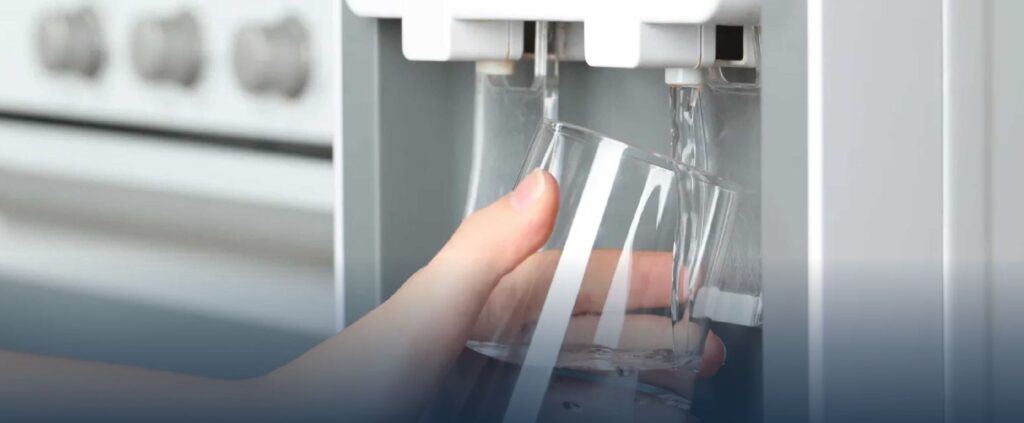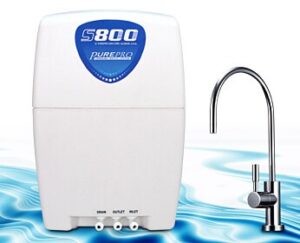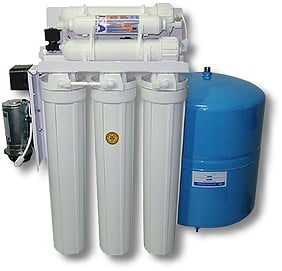~ COMMERICAL SOLUTIONS ~
Light Commercial RO, Desal & Brackish Water RO
Light commercial RO systems are ideally suited for commercial kitchens, restaurants, schools, public buildings and food factories. These units are designed to produce safe contaminant-free water from municipal water supplies. These systems include pre-filtration using antibacterial sediment filters and activated carbon filters. The RO membrane removes over 98% of the dissolved solids, as well as Chlorine and Fluoride. See TDS Rejection.
For other sources of water, we supply brackish water and desalination RO units. The brackish water RO units can be used at remote mining facilities or rural areas where brackish bore water is the raw water source. The desalination units are designed to produce fresh water from seawater at remote facilities that have no access to fresh water. We also offer packaged RO systems that include pre-treatment including sediment and activated carbon filtration, with automated backwash capabilities. Our systems also include on-line total dissolved solids monitoring to ensure consistent water quality. We recommend a water analysis and completion of our questionnaire sheet for private water supplies. PWT – Water Analysis Chart
Our commercial RO systems are suitable for various applications including:
- Commercial steam sterilisers
- Commercial glassware washers
- Commercial window cleaning
- Pure and Ultrapure water for laboratories and the pharmaceutical industry.
- Boilers for steam generation
- Potable water for remote mining and farming communities
Conversion of electrical conductivity into TDS
If your water analysis indicates the TDS and the electrical conductivity, then it should be possible to establish the following relation.
+ 500 ppm correspond to 1000 μS / cm or 1 EC
This can be easily measured with a TDS meter. NPK meters that measure the nitrate-, phosphate- and potassium concentration are often used in the horticulture industry. When using an NPK meter the relation between TDS and electrical conductivity changes to the below-stated value.
+ 700 ppm correspond to 1000 μS / cm or 1 EC
The EC determination can be done in different ways. One possibility is the usage of an ion-specific conductivity coefficient. This coefficient is listed in charts though for their usage it is necessary to have an exact water analysis because every single ion affects the conductivity





